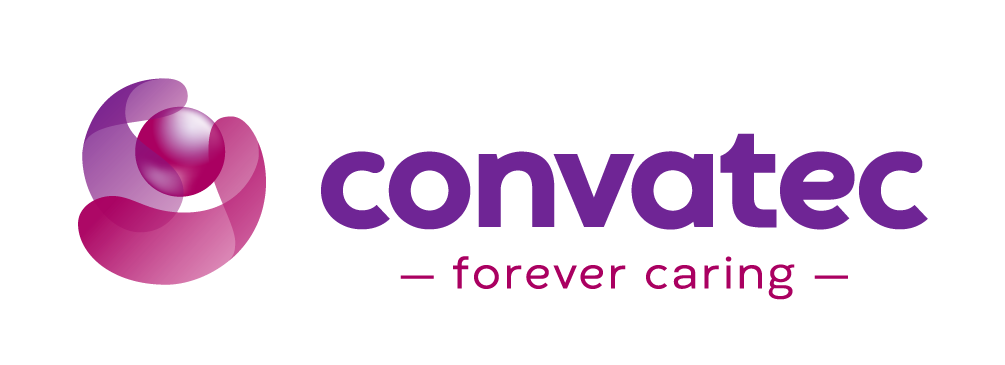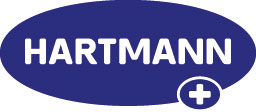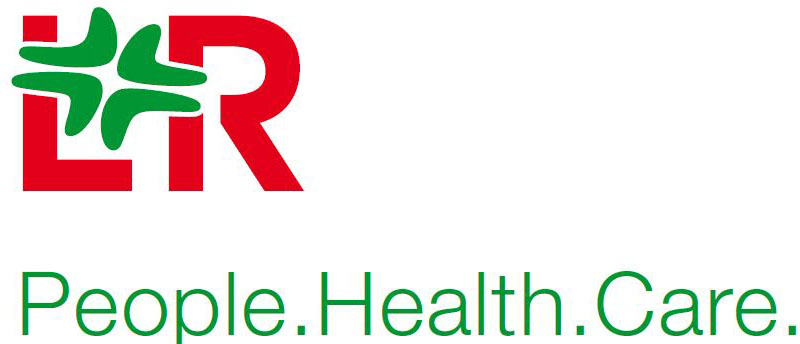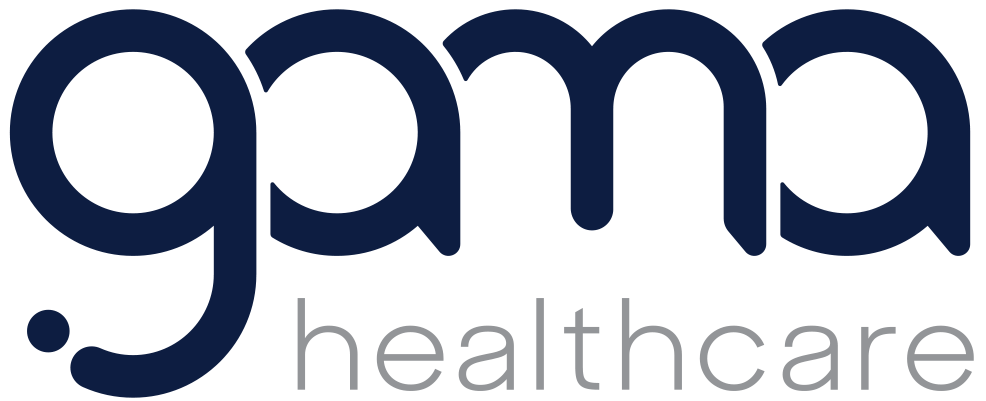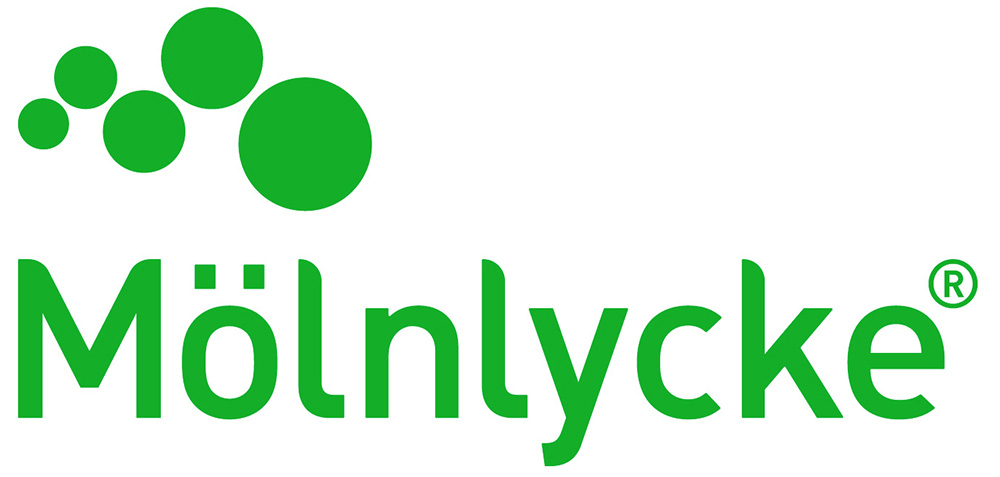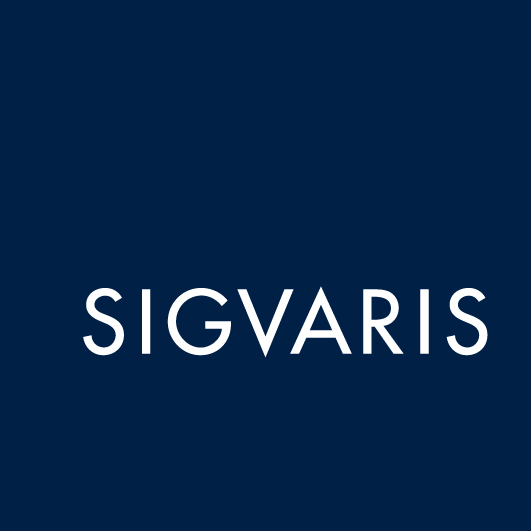Understanding Standards for Beds and Mattresses: Bed Rails and the Risk of Entrapment
On the 3 May 2020, Max Dingle, an 83 year old retired police officer, died in hospital after he became entrapped between side rails and the mattress
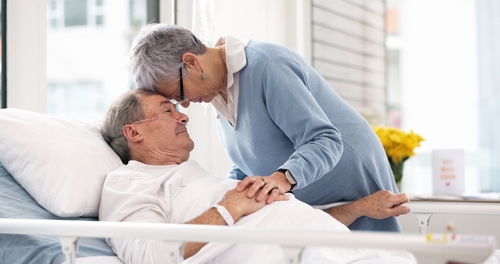
On the 3 May 2020, Max Dingle, an 83 year old retired police officer, died in hospital after he became entrapped between side rails and the mattress. The coroner concluded that “Mr Dingle’s death was an avoidable accident”. Sadly, the cause of this gentleman’s death is not an isolated occurrence. The MHRA continued to receive reports of deaths and serious injuries from entrapment. In the most serious cases, bed occupants are thought to have died from postural asphyxiation.
Learning from Serious Incidents
Analysis of accident data indicates that there’s a number of individual and systemic factors which contribute to entrapment. These include: inadequate risk assessment, maintenance issues, and children and adults of small stature using beds which are designed for adults with typical body dimensions (Bed rails: management and safe use (www.gov.uk)).
The NHS has classified chest or neck entrapment in a bed rail as a ‘Never Event’ (NHS 2018, updated 2021). Never Events are defined as Serious Incidents that are wholly preventable because guidance or safety recommendations that provide strong systemic protective barriers are available at a national level and should have been implemented by all healthcare providers (NHS 2018).
A Never Event should always be treated as a Serious Incident and requires investigation under the Serious Incident Framework (NHS England, 2015). Acute and Community healthcare organisations, care homes, equipment providers and practitioners have been issued with clear instructions on what they need to do to prevent harm. For example, a National Patient Safety alert issued by the Medicines and Healthcare products Regulatory Agency (MHRA) on 30 August 2023, set out actions required for the use, purchase, prescription, and maintenance of medical beds, trolleys, bed rails, bed grab handles, and lateral turning devices (see Table 1). Is your organisation compliant?
Table 1: Action Required by 1 March 2024 (MHRA, 2023)
- Update your organisation’s policies and procedures on procurement, provision, prescribing, servicing and maintenance of these devices in line with the MHRA’s updated guidance on the management and safe use of bed rails.
- Develop a plan for all applicable staff to have training relevant to their role within the next 12 months with regular updates. All training should be recorded.
- Review the medical device management system (inventory/database) for your organisation or third-party provider for devices within your organisation, including those which have been provided to a community setting (for example, the patient’s own home). Keep this system up to date.
- Implement maintenance and servicing schedules for the devices in the inventory/database, in line with the manufacturer’s instructions for use and/or service manual. Prioritise devices which have not had regular maintenance and servicing. If this is outsourced, compliance with the schedule should be monitored.
- Review patients who are children or adults with atypical anatomy as a priority. Ensure the equipment they have been provided with is compliant with BS EN 50637:2017 unless there is a reason for using a non-compliant bed. Record this on the risk assessment and put in place measures to reduce entrapment risks as far as possible.
- Review all patients who are currently provided with bed rails or bed grab handles to ensure there is a documented up-to-date risk assessment. Complete risk assessments for patients where this has not already been done and for each patient who is provided with bed rails or bed grab handles.
- Implement systems to update risk assessments where the equipment or the patient’s clinical condition has changed (for example, reduction/improvement in weight or mobility), and also at regular intervals.
International Standards
There’s a number of international standards for ‘assistive products’, medical beds, and mattresses which include requirements for acceptable gaps in order to reduce entrapment risks:
- BS EN ISO 21856:2022 covers the general requirements for Assistive Products
- BS EN 60601-2-52:2010+A1:2015 is the standard for adult beds
- BS EN 50637:2017 is the standard for medical beds and cots for children and adults with atypical anatomy.
- BS EN ISO 20342-1:2022 covers the general requirements for Assistive Products for Tissue Integrity (such as mattresses)
The values expressed in these standards are primarily intended for the manufacturers of medical devices. However, it is important that the length, width, and height of the mattress is checked to ensure that these dimensions are within the limits specified by the bed manufacturer and do not introduce gaps that could increase the risk of entrapment. If the mattress is not the right size, the bed rails may not fit properly and create entrapment gaps. Some manufacturers may also specify the density of static mattresses. (If you are not aware of the permitted gaps please review Bed rails: management and safe use (gov.uk))
Entrapment values
As a summary these are the values for stationary parts:
Table 2 — Safe distance between stationary parts
| To avoid | Safe distances for adults | Safe distances for childrena |
| Finger traps | Less than 8 mm or more than 25 mm | Less than 5 mm or more than 12 mm |
| Foot traps | Less than 35 mm or more than 100 mm | Less than 25 mm or more than 45 mm |
| Head traps | Less than 120 mm or more than 250 mm | Less than 60 mm or more than 250 mm |
| aA child is defined for this purpose as a patient who is under 155 cm and weighs under 70 kg. Also includes adults with a height of under 146 cm, or a mass of under 40 kg, or a BMI of under 17. | ||
There’s similar data for moving and foldable parts; for V-shaped openings; for surfaces, corners, edges and protruding parts; and for folding and adjusting mechanisms.
References:
Medicines and Healthcare products Regulatory Agency (2023) National Patient Safety Alert: Medical beds, trolleys, bed rails, bed grab handles and lateral turning devices: risk of death from entrapment or falls (NatPSA/2023/010/MHRA) MHRA. (Accessed 13/07/24)
Medicines and Healthcare products Regulatory Agency (2020) Bed rails: management and safe use. MHRA (Accessed 13/07/24)

